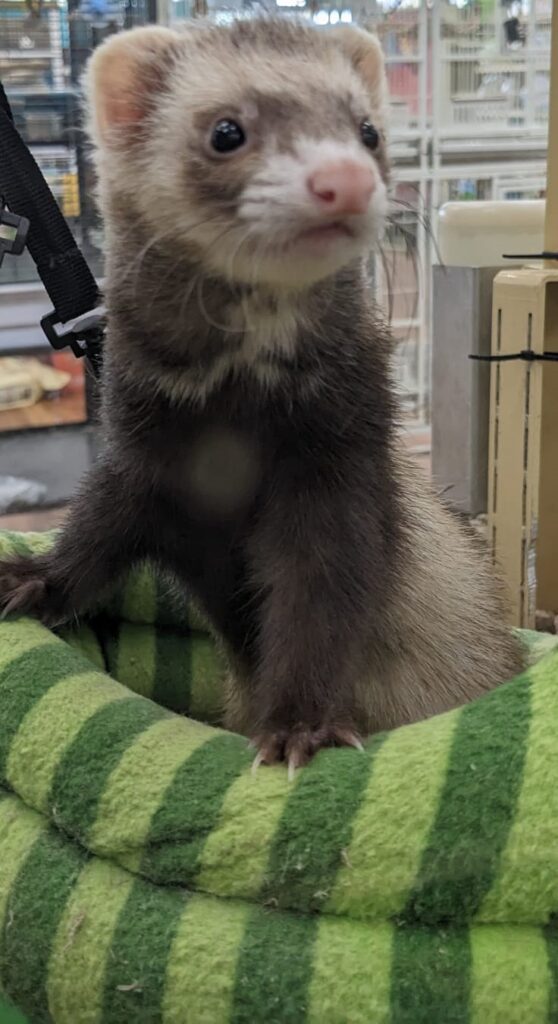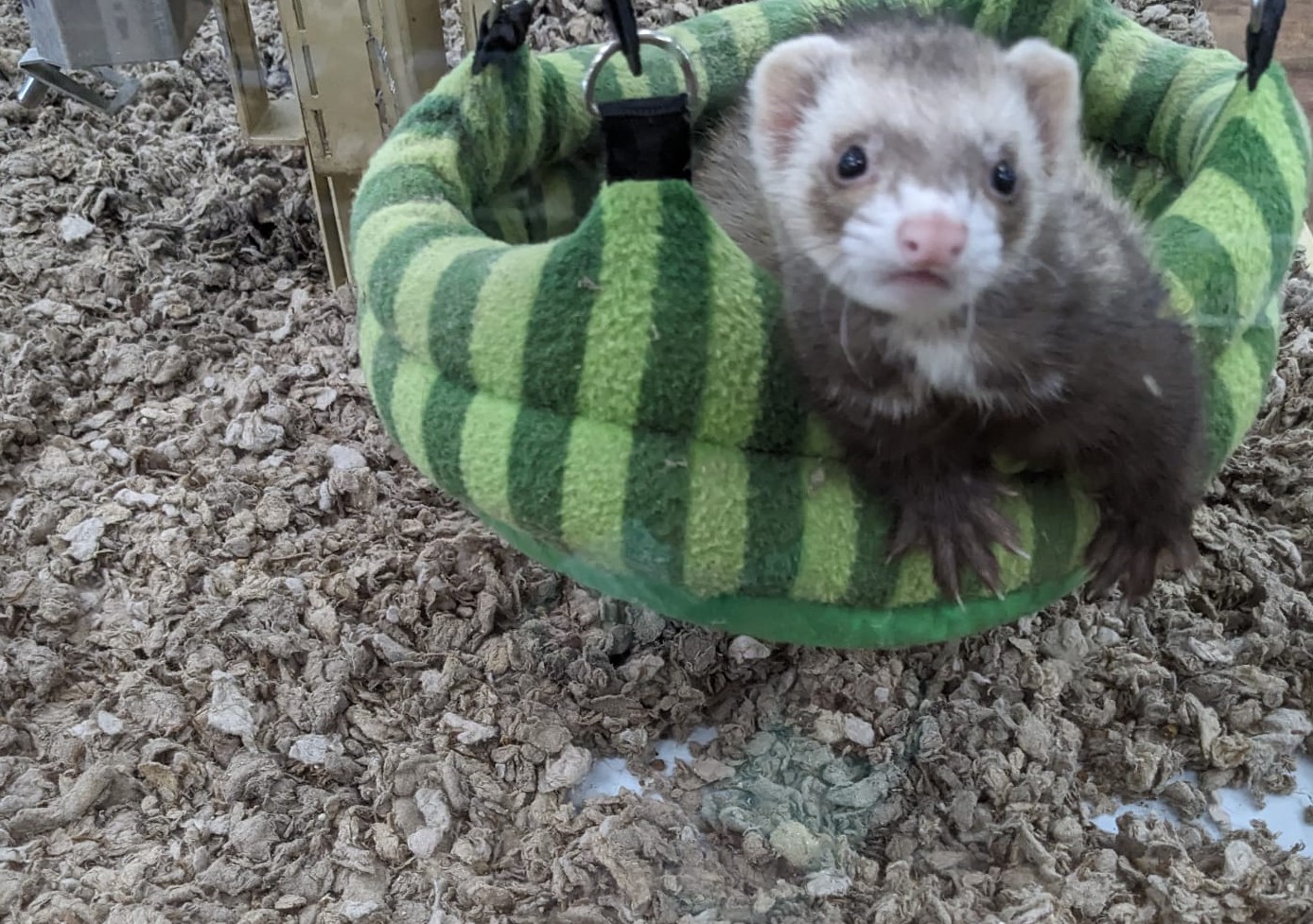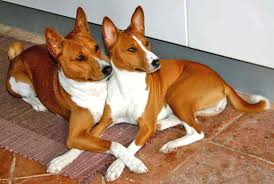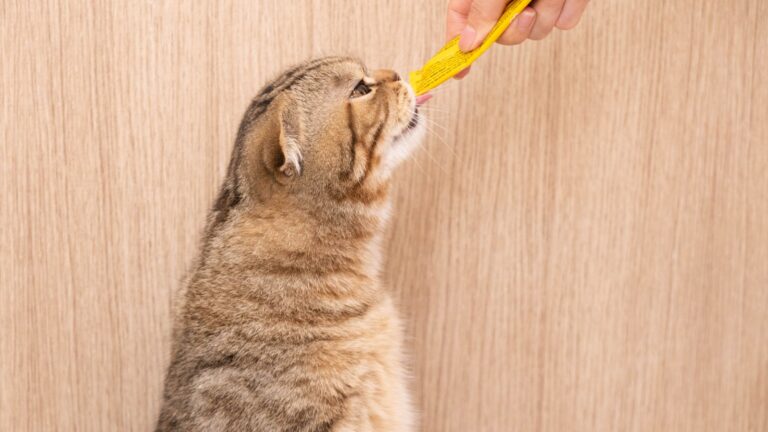The Ultimate Guide to Ferret Care: Your Furry Friend Deserves the Best!
Ferrets bring an unparalleled vivacity to any household, with their boundless energy and playful antics making them truly endearing companions. Choosing a ferret as a pet is a decision that holds extraordinary potential. These clever creatures are renowned for their spirited and inquisitive nature, making them an ideal choice for those in search of a pet that fills their days with laughter, mischief, and unwavering companionship. Their unique charm and affectionate disposition make them exceptional additions to families, singles, and seniors alike.
Understanding ferret behavior is crucial for fostering a harmonious relationship. One common concern prospective ferret owners have is whether these creatures bite. Naturally curious and playful, ferrets use their mouths to explore and interact with their environment. This curiosity can sometimes lead to gentle nips, especially in their early stages of development. However, with proper training and socialization, it’s entirely possible to minimize biting behavior. Teaching your ferret not to bite or providing suitable outlets for their energy through play can go a long way in curbing any nipping tendencies.

Determining if a ferret is a suitable pet for children involves several important considerations. The age of the child is pivotal; very young children, typically under the age of 6 or 7, may not possess the motor skills and understanding needed to handle a ferret gently. Thus, constant adult supervision is essential to ensure that interactions are safe for both the child and the pet. Educating children about ferret behavior and proper care is crucial, teaching them to approach the pet calmly and avoid pulling on sensitive areas like the tail or ears. It’s also important to consider potential allergies within the family.
While ferrets can offer companionship and opportunities for learning responsibility, families should be aware of the time commitment required for their care, as well as the need for ample space and consideration of existing pets’ compatibility. Ultimately, whether a ferret is a good fit for children depends on individual circumstances. With the right education, supervision, and commitment, a ferret can be a truly rewarding addition to a family.
Understanding Ferret Behavior
Ferrets are inherently inquisitive creatures, driven by a deep-seated curiosity about the world around them. Their playful nature is a testament to their boundless energy and zest for life. To make sense of their surroundings, ferrets rely on their keen sense of touch and taste, using their mouths as a primary tool for exploration. This behavior is akin to a child’s instinct to touch, feel, and taste everything within their reach. In their youthful exuberance, ferrets are particularly prone to displaying this exploratory behavior, often resulting in what might be perceived as gentle nips. It’s important to understand that these nips are not borne out of aggression, but rather a natural expression of their curiosity and desire to interact with their environment. This behavior is especially prevalent when they are in the process of discovering their boundaries and limitations. As responsible ferret owners, it’s our role to guide and train them during this developmental phase. By providing suitable outlets for their energy, such as engaging play sessions and interactive toys, we can help redirect their exploratory instincts in a positive manner. This not only fosters a deeper understanding of their environment but also strengthens the bond between ferret and owner. With patience, consistency, and gentle correction, we can assist our furry friends in channeling their natural behaviors into joyful and enriching interactions with the world around them.
Creating an ideal habitat for your Ferret
Before bringing your ferret home, it’s vital to prepare your living space. These curious creatures have a knack for exploring every nook and cranny, so it’s essential to ferret-proof your environment. Check for small openings, secure electrical cords, and eliminate any potential hazards. This creates a safe haven for your new furry friend to roam Setting up the perfect habitat for your ferret requires careful consideration of several key factors.
Begin by selecting an ideal location within your home. Choose a quiet area that offers a sense of security, free from excessive noise and temperature fluctuations. This sets the stage for your ferret to feel comfortable and at ease in their new surroundings. Next, invest in the right cage, a crucial component of your ferret’s well-being. Look for a spacious, multi-level cage with platforms and ramps, providing ample room for movement and exploration. Wire cages, favored for their superior ventilation and easy maintenance, are a popular choice. This not only promotes a healthier living environment but also streamlines the cleaning process. Arrange platforms and ramps strategically within the cage to create multiple levels, encouraging exercise and mental stimulation. Line the cage with a soft, absorbent bedding material, avoiding cedar or pine shavings which can be detrimental to your ferret’s respiratory health. A designated litter box, filled with a low-dust, ferret-friendly litter, ensures a clean and hygienic space.
To offer your ferret a sense of comfort and security, provide cozy spots for rest and relaxation. Hang hammocks or include hideaways within the cage, creating secluded areas that cater to their need for both physical comfort and mental security. Enhancing your ferret’s entertainment options can be achieved by incorporating stimulating bedding choices into their play area. Consider providing a designated digging box filled with soft, shredded paper or safe bedding material, offering a playful outlet for their natural nesting instincts. Create hiding spots by draping blankets or using bedding material, inviting them to engage in games of hide and seek. Introduce a ball pit filled with bedding and small, lightweight balls for interactive play, stimulating their senses and providing hours of amusement. Line tunnels or craft small burrows within their play area using bedding material, allowing your ferret to indulge in their love for exploration. Engage their foraging instincts with scavenger hunts, hiding treats or toys within layers of bedding. Lay out a soft blanket for them to dig and frolic in, providing a sensory-rich experience. Always ensure the bedding material used is safe for ferrets, and supervise playtime to guarantee their safety and enjoyment. These interactive bedding options not only entertain but also create a stimulating and enriching environment for your furry companion. Ensure your ferret’s nutritional needs are met by using sturdy, non-tip food and water bowls securely attached to the cage. This prevents spills and guarantees uninterrupted access to nourishment and fresh water.

Ferret diet
A cornerstone of responsible ferret care lies in their diet. Ensuring they receive a balanced, nutritious mix of high-quality ferret food, packed with essential protein, is crucial. Ferrets are obligate carnivores, meaning that animal-based protein is vital for their health and well-being. Look for specialized ferret food that lists meat or meat-based ingredients as the primary components. These foods are specially formulated to meet the unique dietary needs of ferrets, providing them with the necessary nutrients for optimal health. Additionally, it’s imperative to provide a constant supply of fresh water. Ferrets have high metabolisms, and access to clean water is essential for their overall hydration and bodily functions.
While specialized ferret food forms the foundation of their diet, don’t shy away from offering occasional treats like raw fruits and vegetables in moderation. These treats can add variety to their diet and serve as a source of enrichment. However, it’s crucial to be discerning in your choices. Choose ferret-friendly options like small pieces of banana, melon, or cooked vegetables like carrots. Avoid feeding them foods that are high in sugar or carbohydrates, as these can lead to health issues.
When introducing any new food into their diet, do so gradually and in small quantities to monitor their response. Keep in mind that treats should never replace their primary diet but rather complement it. By offering a balanced mix of high-quality ferret food and occasional treats, you’re not only meeting their nutritional needs but also keeping mealtime engaging and enjoyable for your furry friend. This approach to their diet lays the foundation for a healthy, happy, and thriving ferret.
The Language of Tail Wiggles and Playful Nips
Ferrets are fascinating creatures with a repertoire of behaviors that range from utterly charming to intriguingly puzzling. One of the most enchanting displays is the renowned “ferret war dance.” This exuberant, high-energy frolic is a clear indicator of a happy and excited ferret. During this dance, a ferret will often arch their back, puff up their fur, and bound around in joyful abandon, creating a delightful spectacle that never fails to bring a smile to any observer’s face.
Interpreting ferret body language is key to deepening your connection and ensuring their well-being. Aside from the famous “war dance” and tail wiggles, there are various other cues that offer insights into your ferret’s emotions and intentions. When content, they may emit a gentle purr, indicating relaxation and happiness. The endearing ‘dooking’ sound signifies excitement or playfulness, often accompanying their spirited antics. An arched back reveals their heightened interest or anticipation, especially during moments of exploration or play. On the contrary, fluffed fur may signal agitation, fear, or exhilaration, emphasizing the importance of context in understanding their feelings. Hissing or growling, though less common, may indicate discomfort or defensiveness. Keep an eye out for telltale signs like yawning and stretching, indicative of a serene, at-ease state. Biting or nipping, while typically playful, merits attention if it becomes excessive or forceful. A puffed-up tail denotes emotions like excitement, surprise, or mild anxiety, serving as another channel for expression. Familiarize yourself with their social gestures, including licking, a gesture of affection and bonding. Finally, observe their preference for hiding or burrowing when seeking security and comfort, and appreciate the significance of tail wagging as a sign of enthusiasm or anticipation. By recognizing and responding to these nuanced cues, you’ll forge a deeper connection with your ferret, enriching your shared experiences and strengthening your bond. In addition to tail language, playful nips are another form of communication for ferrets. While these nips may startle newcomers, they are typically gentle and a part of their natural behavior. Often, young ferrets use their mouths to explore the world around them, which can result in these light nips. It’s important to remember that these gestures are not meant to be aggressive, but rather a form of interaction and curiosity. Through patient and consistent training, you can teach your ferret to be more mindful of their nipping tendencies, ensuring harmonious interactions between you and your beloved pet. As you delve into the intricacies of ferret behavior, you’ll find that these charming creatures have a language all their own. Learning to interpret their tail wiggles, war dances, and playful nips will not only deepen your bond but also provide valuable insights into their unique personalities. With time and observation, you’ll become fluent in this special form of communication, creating a richer and more fulfilling relationship with your furry companion.
By following these guidelines, you’ll embark on a rewarding journey as a ferret owner. Remember, patience, love, and attention are the keys to a happy and healthy ferret. Cherish the moments you spend together, and you’ll be rewarded with years of playful companionship and unconditional love. Here’s to the wonderful adventures ahead with your fuzzy friend!






